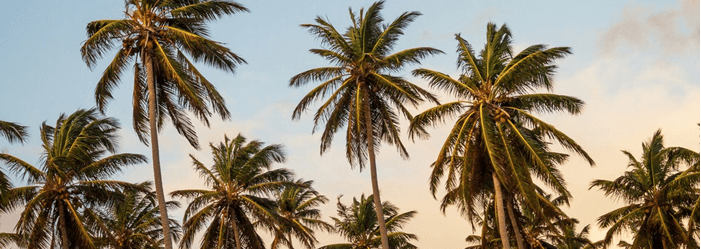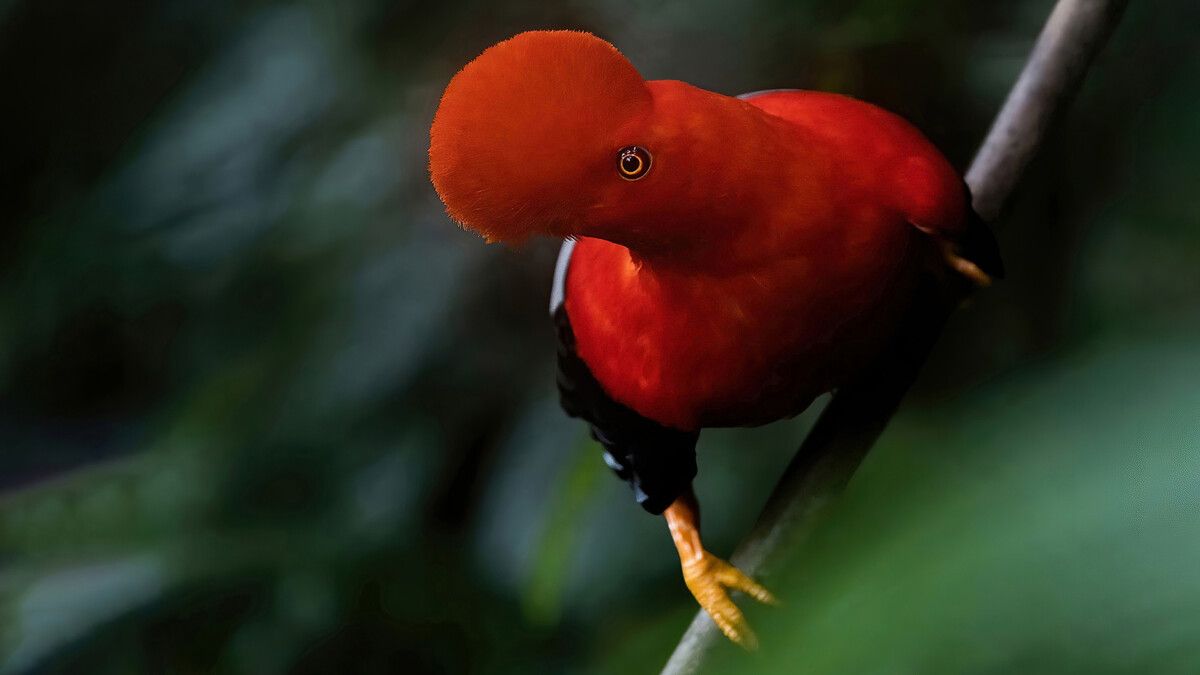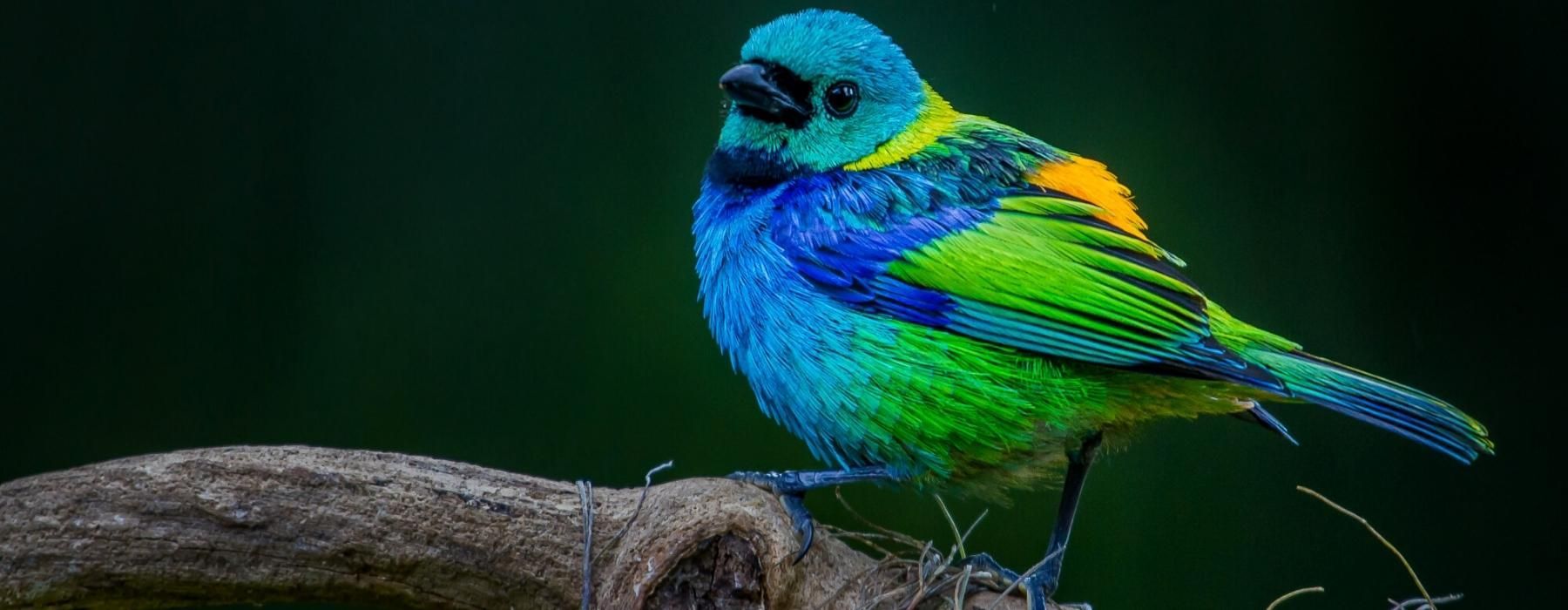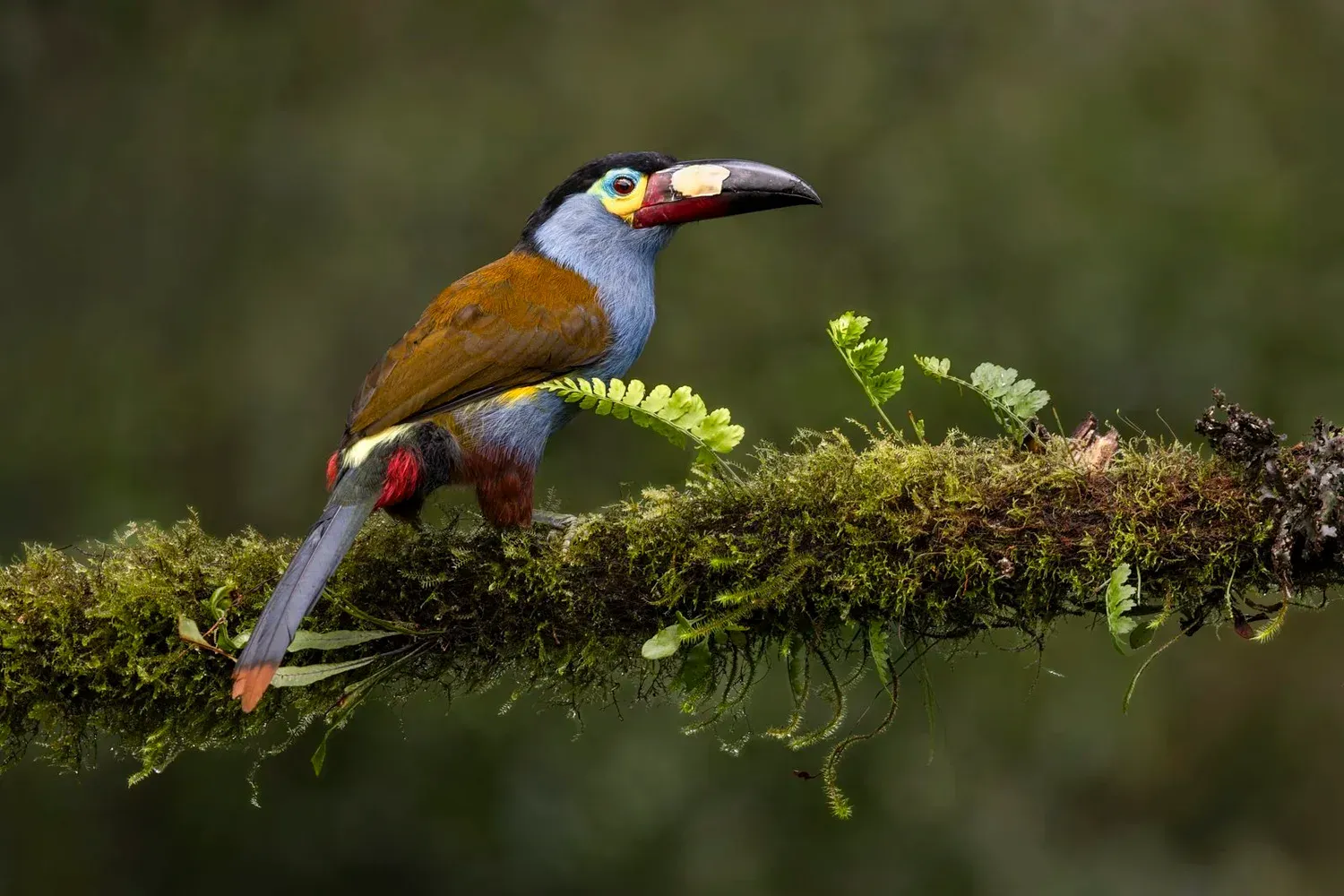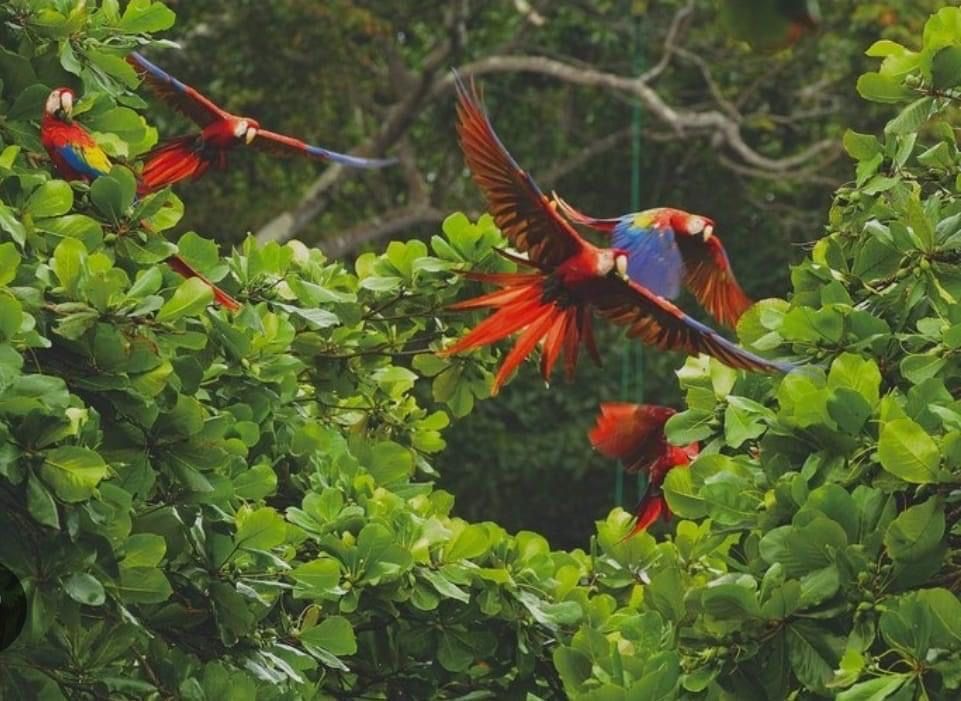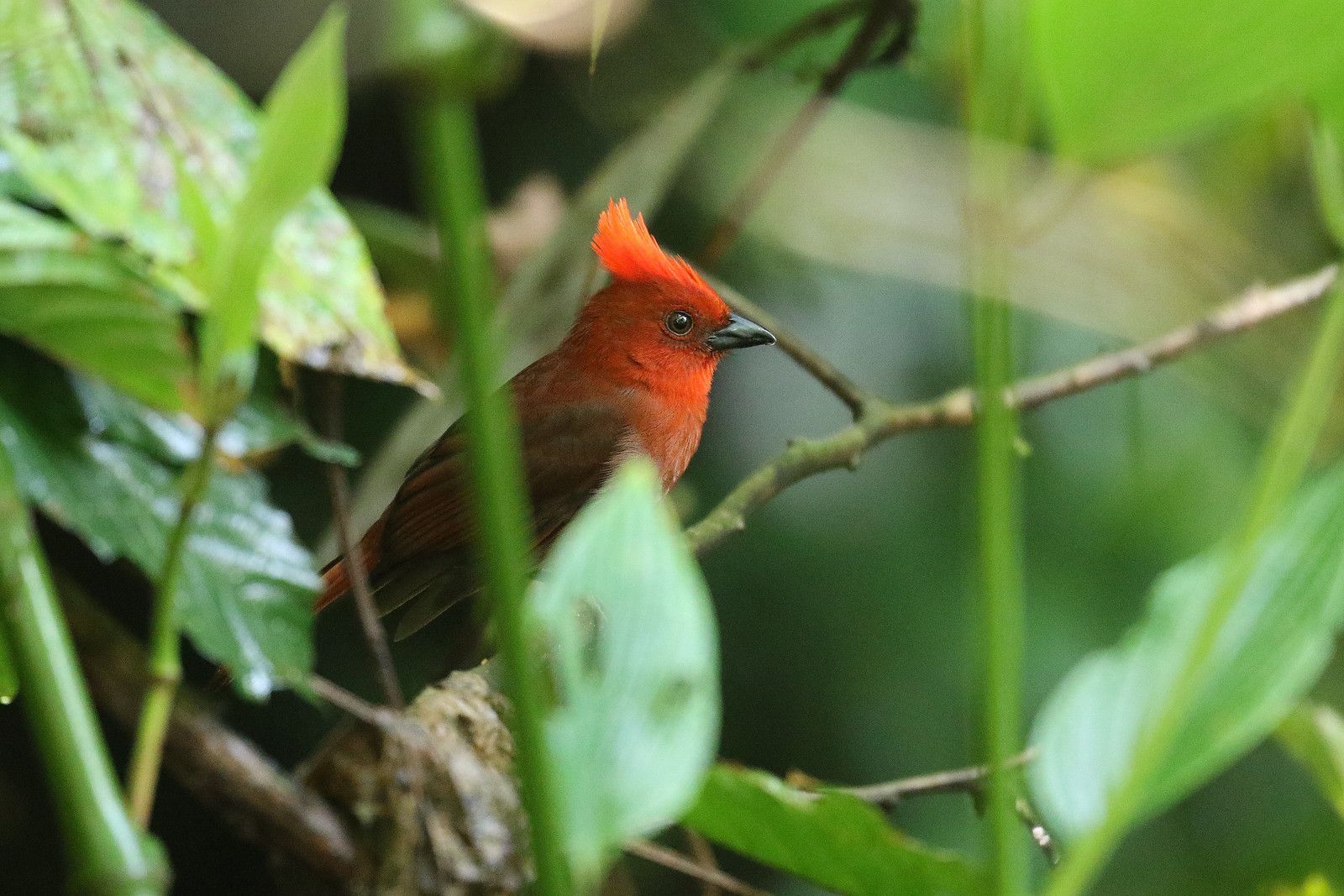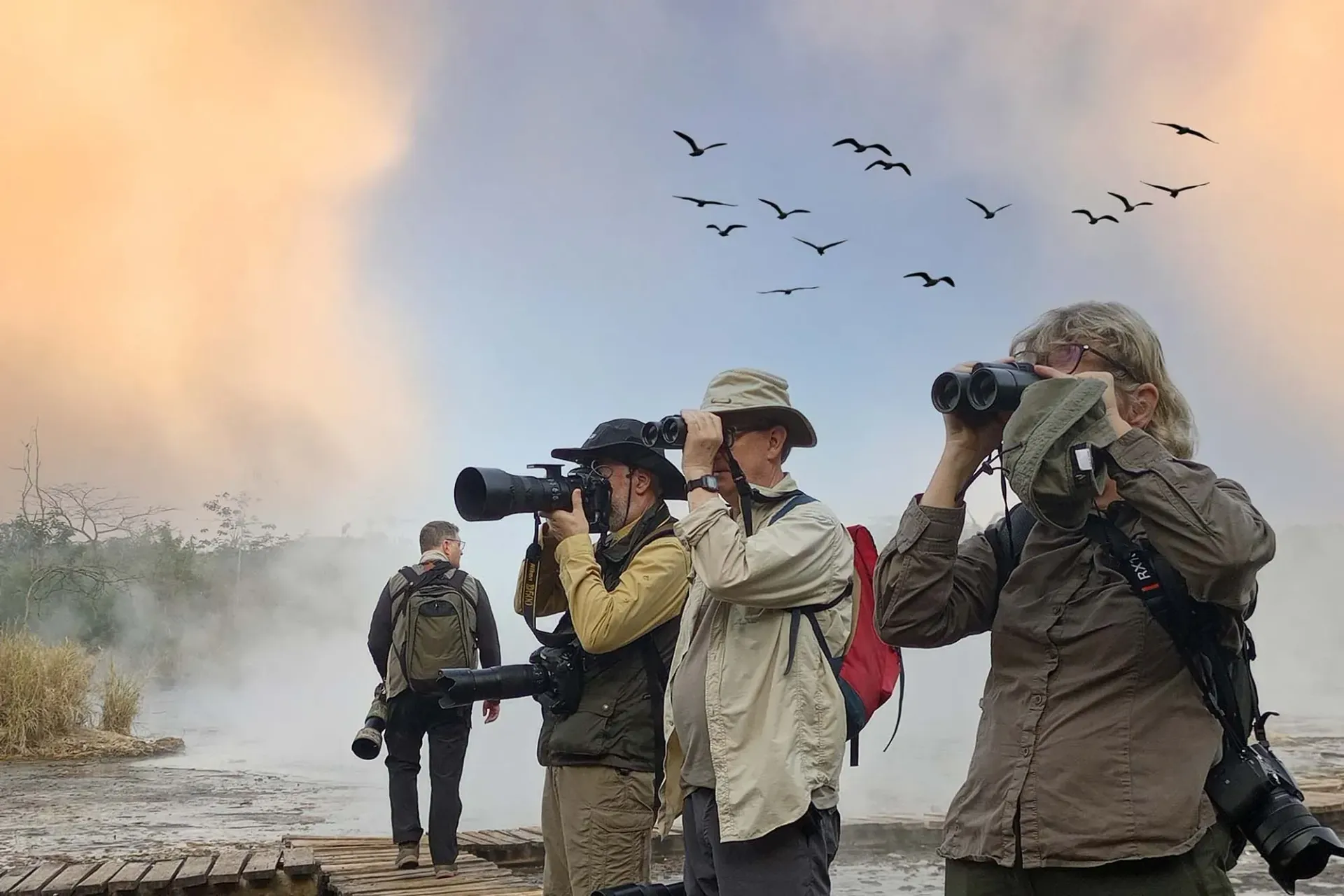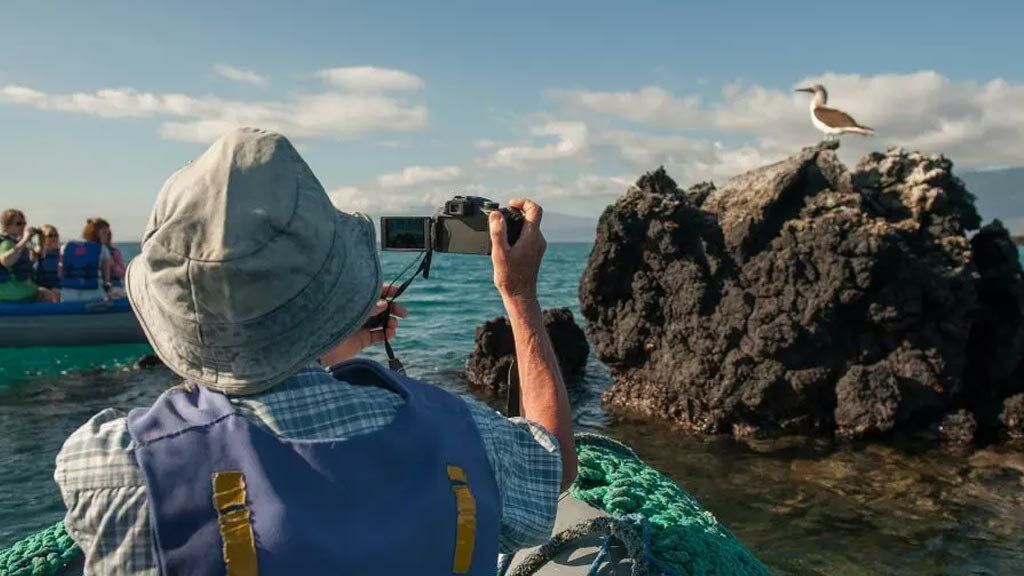Colombian Andes: A Must-Visit for Serious Bird Photographers
Colombian Andes: A Must-Visit for Serious Bird Photographers
The Colombian Andes stand as one of the most breathtaking, diverse, and rewarding destinations for bird photographers anywhere in the world. Stretching from Venezuela to Ecuador, this section of the Andean mountain chain cuts through Colombia in three branches — the Western, Central, and Eastern Cordilleras — each harboring a unique blend of ecosystems, climates, and species found nowhere else on Earth.
For serious bird photographers, the Colombian Andes is not just a destination; it is a living canvas of color, light, and movement. With over 900 bird species recorded in the Andean region alone, and more than 1,900 species nationwide, Colombia is the undisputed birding capital of the world. From the dazzling tanagers that dance through high-altitude cloud forests to the elusive antpittas hiding in mossy undergrowth, every day in the Andes offers new photographic challenges and opportunities.
The Magic of the Colombian Andes for Bird Photography
Few places in the world combine such spectacular scenery with such incredible biodiversity. The steep altitudinal gradients of the Andes mean that in a single day, you can photograph hummingbirds in tropical foothills, antpittas in misty forests, and condors soaring above snow-capped peaks.
The Colombian Andes is home to some of the country’s most important birding routes — including the Central Andes Birding Trail, Northern Andes route, and Southern Andes circuit — all offering world-class photographic potential. Whether you’re a professional wildlife photographer or a dedicated hobbyist, this region rewards patience and curiosity with moments of breathtaking beauty.
What Makes the Colombian Andes Unique
- Unmatched Endemism: Dozens of bird species, including the Buffy Helmetcrest, Golden-plumed Parakeet, and Crescent-faced Antpitta, are found nowhere else.
- Close Access to Birds: Specialized lodges and feeding stations allow photographers to capture close, natural images without disturbing wildlife.
- Varied Light Conditions: The mixture of cloud cover and mountain sun creates soft, filtered light ideal for photography.
- Diverse Ecosystems: From páramo grasslands above 3,000 meters to dense cloud forests and Andean valleys, every elevation band presents unique subjects and compositions.
Top Bird Photography Hotspots in the Colombian Andes
1. Los Nevados National Park
Located in the Central Andes, Los Nevados is famous for its volcanic peaks, alpine lakes, and high-altitude birds. Here you can photograph the Buffy Helmetcrest, Andean Condor, and Rufous-fronted Parakeet against dramatic mountain backdrops.
Best Photography Moments:
- Early morning mist over the páramo grasslands.
- Close-ups of hummingbirds visiting endemic flowers.
- Wide-angle compositions of condors gliding near snow-capped volcanoes.
2. Río Blanco Reserve
Near Manizales, Río Blanco is one of the most productive bird photography destinations in South America. Renowned for its antpitta feeding stations, this private reserve provides photographers with an unparalleled opportunity to capture rare species at close range.
Target Species:
- Chestnut-crowned Antpitta
- Bicolored Antpitta
- Slate-crowned Antpitta
- Masked Saltator
Photography Tip: Use a medium telephoto (300–400mm) to balance distance and detail while maintaining a natural look in forest settings.
3. Tatamá National Park
One of Colombia’s most pristine parks, Tatamá remains a wild and relatively untouched gem. The park straddles the Western Andes and offers rich biodiversity within its humid cloud forests.
Key Species:
- Gold-ringed Tanager (endemic)
- Black-and-gold Tanager (endemic)
- Chestnut-bellied Flowerpiercer
- Empress Brilliant Hummingbird
Best Time to Visit: January to June, when the forest is vibrant and bird activity peaks.
4. Santa Rosa de Cabal and Termales del Ruiz
For photographers who want comfort without sacrificing wildlife access, the lodges around Santa Rosa and Termales del Ruiz provide perfect conditions. Feeders attract dozens of hummingbird species, often within arm’s reach.
Species to Expect:
- Shining Sunbeam
- Black-tailed Trainbearer
- Great Sapphirewing
- Mountain Velvetbreast
Photography Tip: Experiment with high shutter speeds (1/2000+) and natural backlighting to freeze wing motion while preserving iridescent feather colors.
5. Jardín and Andes Towns
Located in Antioquia, these towns combine cultural charm with birding excellence. The Andean Cock-of-the-Rock Lek near Jardín offers one of Colombia’s most spectacular displays — males showing off their bright red plumage in dramatic mating rituals.
Pro Tip: Use a 70–200mm lens for flexibility and position yourself quietly before sunrise to catch the best light and behavior.
Capturing the Essence of the Andes: Light, Mood, and Technique
The Andes are a masterclass in the interplay between light and atmosphere. The high-altitude clouds, shifting mist, and golden-hour sunlight create dynamic photographic opportunities.
Light and Weather
Morning and late afternoon provide the best natural lighting, with diffused tones that enhance feather details and natural colors. Always carry a lens cloth — humidity and drizzle are part of the Andean experience.
Camera Settings for Success
- Shutter Speed: 1/1000–1/2000 for birds in motion.
- Aperture: f/5.6–f/8 for balanced depth of field.
- ISO: 400–1600 depending on cloud cover.
- Focus Mode: Continuous AF (AI Servo/AF-C) for tracking.
Compositional Tips
- Include habitat elements to convey the story — mossy branches, misty backgrounds, or mountain silhouettes.
- Use diagonal framing for dynamic shots of flying or feeding birds.
- Experiment with silhouettes during sunrise or sunset sessions.
Cultural and Logistical Advantages for Photographers
Unlike many remote destinations, the Colombian Andes combine world-class bird diversity with comfortable travel logistics. The infrastructure for birding and photography has expanded rapidly over the past decade, thanks to local communities embracing sustainable tourism.
Accessibility
Major birding hubs such as Manizales, Pereira, and Medellín are connected by short domestic flights and well-maintained roads. Within a few hours of arriving, photographers can find themselves immersed in pristine forest environments.
Photographer-Friendly Lodges
Eco-lodges such as Hotel Termales del Ruiz, Tinamú Birding Lodge, and Montezuma Rainforest Lodge cater specifically to photographers, offering:
- Feeding stations designed for photography.
- Guided tours by expert birding photographers.
- Power outlets, editing stations, and backup storage support.
Local Expertise
Working with local guides enhances success dramatically. These professionals know bird behavior, call patterns, and the best times to visit specific habitats. Many are trained in ethical photography practices, ensuring respectful encounters.
The Diversity of Bird Families in the Andes
The Andean slopes support an astonishing variety of bird families — each a photographic treasure.
Hummingbirds
With over 150 species recorded, Colombia is the hummingbird capital of the world. From the Velvet Purple Coronet in the west to the Buffy Helmetcrest in the high páramo, these tiny gems provide endless opportunities for macro, portrait, and action photography.
Tanagers
The tanager family defines the Andean color palette. Species like the Golden Tanager, Multicolored Tanager, and Scarlet-bellied Mountain Tanager bring vivid contrasts against the green forest canopy.
Antpittas
These shy, ground-dwelling birds are among the most challenging and rewarding subjects. Photographers who manage to capture the Chestnut-naped or Crescent-faced Antpitta achieve rare and intimate portraits of forest life.
Raptors
High ridges and open valleys host powerful raptors such as the Black-chested Buzzard-Eagle and the majestic Andean Condor — ideal for dramatic, wide-angle shots.
Ethics and Conservation: Photographing with Purpose
As bird photography becomes increasingly popular, ethical practices are more important than ever. The Colombian Andes are home to delicate ecosystems, and responsible behavior ensures these natural treasures remain protected for future generations.
Golden Rules of Ethical Bird Photography
- Do not use excessive playback — it stresses birds and disturbs breeding pairs.
- Keep a respectful distance — use long lenses instead of moving closer.
- Avoid flash in dark forests; it can disorient nocturnal and nesting birds.
- Support conservation-focused lodges that reinvest in habitat protection.
- Share educational content from your photography to raise awareness.
Community Conservation
Many Andean lodges operate in partnership with local farmers who have shifted from deforestation to bird conservation. By joining photo tours and contributing economically, photographers directly help sustain these initiatives.
Practical Travel Advice for Visiting the Colombian Andes
When to Go
The Andes can be visited year-round, but the dry season (December to March) offers the most consistent light and accessibility. However, even during the wetter months, the soft diffused light creates perfect conditions for forest photography.
What to Pack
- Lightweight waterproof jacket
- Breathable layers for temperature changes
- Extra batteries and memory cards
- Weather-sealed camera gear
- Insect repellent and sunscreen
Health and Safety
Altitude can range from 1,000 to 4,500 meters. Allow time to acclimate, stay hydrated, and avoid overexertion on the first day. The lodges provide warm hospitality, purified water, and local cuisine suited for travelers.
Why the Colombian Andes Are a Photographer’s Dream
Every day in the Andes brings something new — a rare species, a surprising light pattern, or a fleeting interaction between bird and habitat. The landscapes are not merely backdrops but integral characters in the photographic story.
Unlike destinations where wildlife is scarce or shy, the Colombian Andes invite intimacy. Birds perch within visible range, often framed by the emerald glow of moss-laden trees or the ethereal fog of the cloud forest. Here, you’re not just documenting birds — you’re interpreting an ecosystem.
Photographers from around the world often describe Colombia as addictive — a place that transforms one’s approach to wildlife photography. The combination of species richness, accessibility, and natural drama sets it apart from any other Andean country.
Final Thoughts: A Pilgrimage for the Passionate
For the serious bird photographer, the Colombian Andes are not simply a place to take pictures — they are a destination for creative renewal. Every trail, ridge, and misty forest holds the promise of discovery.
From the fiery feathers of the Multicolored Tanager to the regal flight of the Andean Condor, Colombia’s mountain landscapes deliver a sensory feast that challenges and rewards in equal measure.
As conservation grows and photography lodges expand, the Andes remain one of the last frontiers where art, nature, and community intersect seamlessly. For anyone truly dedicated to the craft of bird photography, the Colombian Andes are more than a destination — they are a calling.


